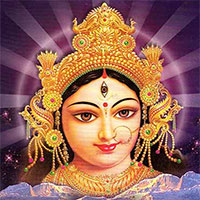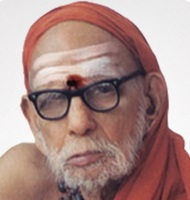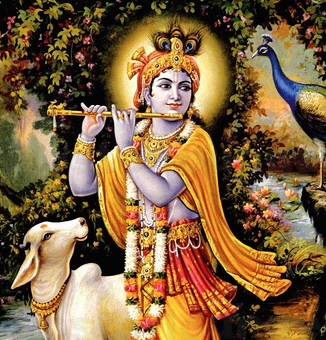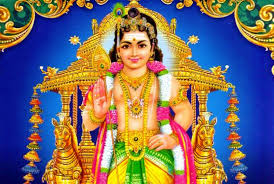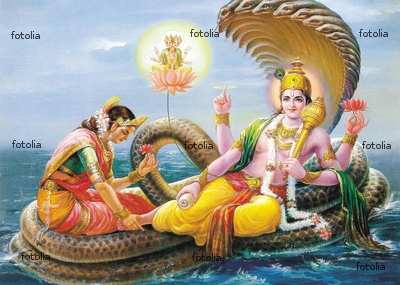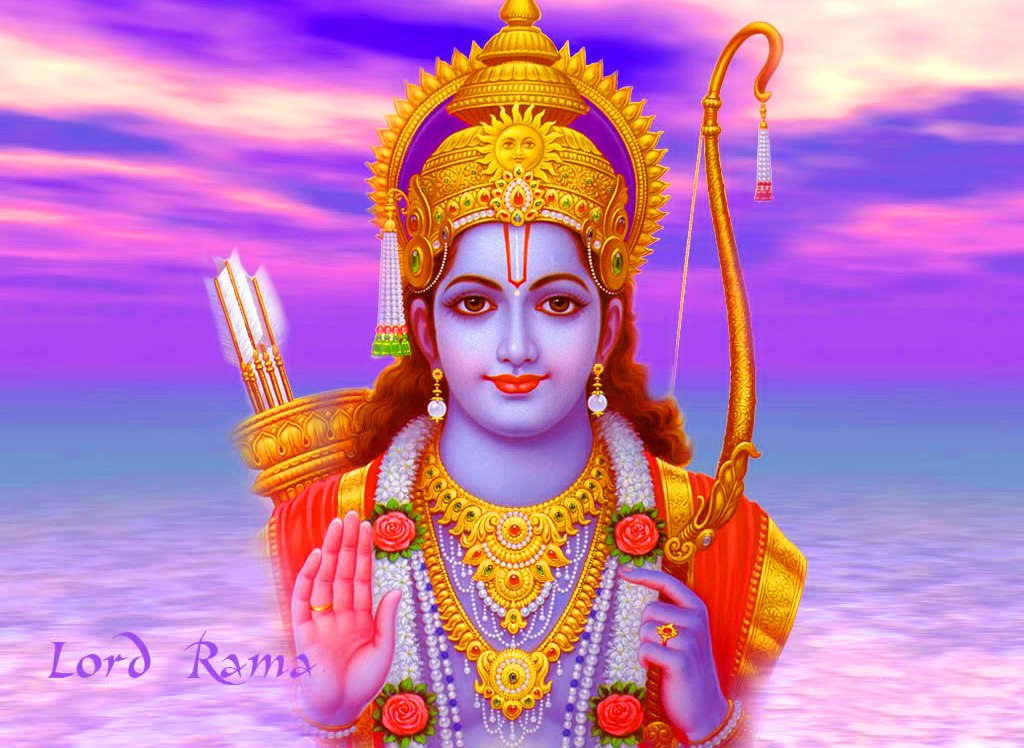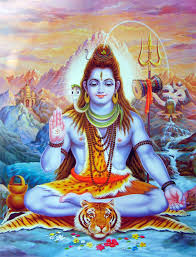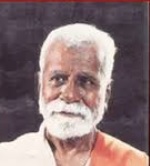
COMPOSER S.Ramanathan.Dr. |
|
|||||||||||||
|
n the world of Carnatic music it is very difficult to come across a person who is a performer and a listener, a scholar and practitioner, a teacher and a student. Dr S Ramanathan was a personality who was all these and much more.
Born on 8th April 1917 at Tirukoilur to Subramania Sastri and Pattammal, Ramanathan had his initial training in music, from the age of seven, under Tirukoilur Ramudu Bhagavatar and Manalurpettai Subramania Dikshitar. He then joined the Music College in the Annamalai University in Chidambaram where he trained under a galaxy of stalwarts comprising Tanjavur Ponniah Pillai, TS Sabhesa Iyer, Sattur Krishna Iyengar, Madurai Subramania Ayya and ‘Tiger’ Varadachariar. He graduated from the college with the Sangita Bhushanam diploma. Post this, he also trained under Valadi Krishna Iyer for vocal music and Devakottai Narayana Iyengar for the veena and acquired proficiency in both fields.
From the very beginning it was clear that research held as much importance to Ramanathan as did a performing artiste’s career. He therefore pursued both passions. Initially he held a researcher’s position at the Tamil Nadu Sangeet Natak Akademi and later moved on to several Universities of India. He became Dean of the Music Department, University of Kerala. Throughout this period he also found time to perform concerts, mostly of the vocal variety.
Ramanathan then moved to the United States of America where he became visiting professor at several universities. At the Wesleyan he decided to pursue a doctoral thesis and along with Prof Jagannathachari did research on music in the Silappadikkaram, the classic work of the Sangam age. He was awarded a doctorate for this work, a rare example of a diploma holder qualifying for a PhD. His research on the use of 22 srutis in Karnatic music, as well as the Kudumiyamalai inscription, won him much praise. He gave many chamber concerts while in the US and was also given the unique opportunity to perform on World Human Rights Day at the United Nations in New York. Dr Ramanathan returned to India via teaching assignments in Malaysia and Taiwan and became Professor at the Music College in Madras. In the 1970s he moved to Madurai to serve at the Satguru Sangeetha Samajam. Later he also served as Director of the Tamil Isai Sangam.
Dr Ramanathan was well known for his lectures on a variety of subjects connected with music. Some of the subjects he offered lec-dems on were Allied Ragas, Syama Sastri, Muthiah Bhagavatar, Tyagaraja Ramayana, Prahlada Bhakti Vijayam, Pre-trinity Composers, Subramania Bharati, Framing of Pallavis and so on. But the one he was best known for was A Day with Tyagaraja. With such a wonderful choice of topic, he performed many times without it becoming stale. Once it would be a day where Tyagaraja had just composed Rama Ni Samanamevaru in Kharaharapriya; on another occasion it would be a day when a musician from North India had come to meet Tyagaraja who then burst into Dasarathi ni runamu in Todi. He even performed this lecture once in Telugu at the urging of an audience in Andhra.
Research being a life long abiding interest, Dr Ramanathan worked on the Divyanama Kritis of Tyagaraja, the Kavadi Chindu and also the songs of Subramania Bharati. In addition he also worked on folk songs of Tamil Nadu. He, along with B Rajam Iyer, worked on the Tamil version of Subbarama Dikshitar’s Telugu magnum opus, the Sangita Sampradaya Pradarshini. He also authored several books, papers and monographs on music.
Dr Ramanathan’s music was unique in many ways. He avoided the use of excessive gamakas and ornamentation and emphasised the use of straight notes. He preferred to present music as per the authentic patantharam of his Gurus. His voice was deep and had tremendous appeal. His veena playing was marked by purity of style. It would be no exaggeration to say that Dr Ramanathan sang or performed most for his own enjoyment and therefore there was no fixed or particular time for his music. In fact music dominated his thoughts to the exclusion of anything else.
Dr Ramanathan was generosity personified when it came to teaching. He never refused anyone and gave generously of his truly enormous repertoire. Among his students are P.Unnikrishnan, S. Sowmya, Savithri Sathyamurthy, Seetha Narayanan, Vasumathi Nagarajan, Sukanya Raghunathan (veena), Banumathy Raghuraman (veena/vocal), Vidya Hariharan (veena/vocal), Vanathy Raghuraman, Latha Radhakrishnan (violin/vocal) and Padma Gadiyar (veena). He also believed in encouraging youngsters and was seen on many evenings at Mylapore’s famed Sastry Hall, appreciating the music of newcomers and spurring them to greater heights. He was also one of the musicians who kept alive the tradition of the Margazhi Bhajans around the Mylapore temple after the passing of Papanasam Sivan. He was also one of the moving spirits behind the Sangita Samajam, Purasawalkam, Madras which used to organise 24 hr ‘Akhandam’ sessions where Tyagaraja’s songs would be sung without any repetition of pieces. His large repertoire was immensely useful in this.
Many awards came to Dr Ramanathan. The Tamil Isai Sangam gave him the title of Isai Perarignar in 1981. The Music Academy, Madras conferred on him the title of Sangita Kalanidhi in 1985. His conduct of the Annual Conference of the Academy that year has remained a reference point for presidents of annual conferences in all subsequent years. Dr Ramanathan was a composer and his song Bhavapriye Bhavani in raga Bhavani is often sung in concerts.
Dr Ramanathan passed away on 19th March 1988 after a battle against cancer. His last request was for his daughter Geetha Bennett to sing Dikshitar’s Abhayambayam (Sahana) and a creation of his own in Surati. He lives on in the memories of countless admirers not only of his music but also of his golden and generous nature.
|
||||||||||||||





